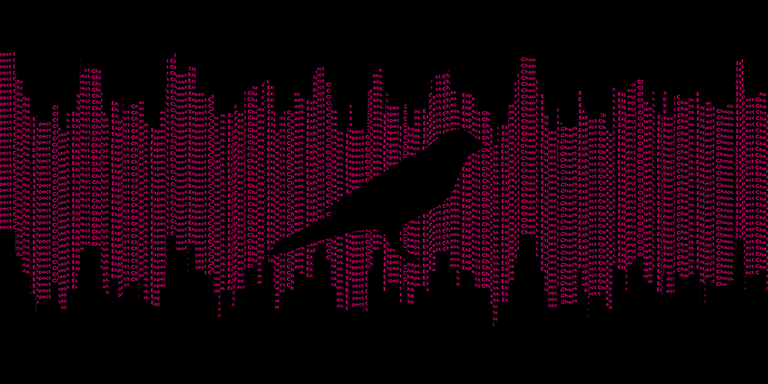Introduction of the Kusama blockchain and token
Kusama (KSM) is an experimental version of the better known Polkadot, which allows any developer to experiment and test new blockchains or applications before publishing them on the live network. In this way, it can be said to act as a kind of sandbox for developers who want to test early versions of Polkadot projects with real cryptocurrency that can be traded on the open market.

Image source: https://guide.kusama.network.
The presentation of Kusama
As its primary goal is to facilitate testing, Kusama tries to give developers more flexibility as they finalise the designs for their Polkadot projects. Kusama, on the other hand, offers looser rules than Polkadot, including less stringent control parameters.
Who created Kusama?
Kusama was founded in 2016 by Polkadot founders Gavin Wood (co-founder of Ethereum), Peter Czaban and Robert Habermier.
How does Kusama work?
The Kusama network allows you to create two types of blockchain:
- Relay Chain -The main Kusama blockchain. This is the main Kusama network.
- Parachain - Individual blockchains that use the computing resources of the Relay Chains to confirm the accuracy of transactions.
Relay Chain
To ensure that its network agrees with the system state, Kusama Relay Chain uses a variation on the proof-of-stake (PoS) solution, namely the nominated proof-of-stake (NPoS).
This system allows anyone who stakes a KSM by locking in a cryptocurrency in a special contract to assume one or more of the following roles required for its operation:
Validators - Validate data in Parachain blocks. They also participate in the solution and vote on proposals to modify the network.
Markers - Ensure the Relay Chain by selecting trusted validators. Candidates delegate their staked KSM tokens to validators and thus allocate their votes to them.
Differences between Kusama and Polkadot
Kusama is considered the "canary network" of the Polkadot blockchain. This means that it helps to detect possible weaknesses or vulnerabilities in Polkadot. It provides early code release, which is not audited and is available before Polkadot is released.
The most striking difference between the two networks is the speed of the management system. In Kusama, it takes seven days to vote on a referendum and eight days to implement changes. In contrast, Polkadoton requires a month to implement them.
Another difference is that it is much easier to become a validator in Kusama. The minimum staking requirements are lower here than in Polkadot.
It is also important to note that Kusama is a blockchain for experimentation, ergo it gives up stability and security to increase network speed.
The KSM token
The kusama (KSM) token was ranked 54th in market value rankings on 08/08/2021. According to CoinMarketCap, it is currently trading at $225 USD, peaking at $624 USD in May. Its 24-hour trading volume is $205 484 000 USD. Its market capitalisation is close to $2 billion USD. Its initial listing price was $0.87 USD back on 14 January 2020.
Its total token supply is 10 million KSM, and 8.98 million have been traded so far. KSM trading pairs (KSM/USDT, KSM/EUR) are also listed on Crypto.com, Binance, OKEx and Kraken.
My main issue with all these newfangled techs is that .. they are only techs, with no "narrative", no "story" behind. They seem to automatically assume a overarching crypto / tech revolution narrative.
In contrast, steem and then hive came with their own, original story (alas, largely incomplete as I underlined for instance in this post - that of a blockchain serving a community of content creators.
I am convinced Polkadot will do well in the current crypto bull cycle and I bought some, but I still miss the answer to "what problem is Polkadot going to solve?" Because frankly ... connecting blockchains is a technical undertaking ... but connecting them ... what for? Why will anyone be better off with connected blockchains?
It is simple, yet not easy to do. Polkadot would like to make the whole web decentralized. This is why they are connecting blockchains.
The Polkadot mission.
"Polkadot would like to make the whole web decentralized." - what does that BS even mean?
"This is why they are connecting blockchains." - the web is not running on blockchains, the web is made of web (application) servers. How is "connecting blockchains" going to impact the web?
"Polkadot is built to connect private and consortium chains, public and permissionless networks, oracles, and future technologies that are yet to be created." Why? Why would these chains need to be connected ? What exactly does "connecting" mean? Why would you need a "middleman" blockchain for other blockchains to "exchange information" (provided they even need to exchange information, which I don't take for granted) ?
I am not a member of the Polkadot team. I believe that only they can answer these questions properly. You can ask them these questions: Get in touch with the Polkadot team.
It is impossible to keep up with all this stuff that is going on.
Add this to the pile of new blockchains that are going to be the next "big thing". Something is going to break through. I personally believe we are going to need all this bandwidth if we are going to switch the centralized stuff over.
Posted Using LeoFinance Beta
Eventually. But after all the questions what @sorin.cristescu asked, I am not sure that the Kusama blockchain, or the Polkadot network will make this breakthrough.